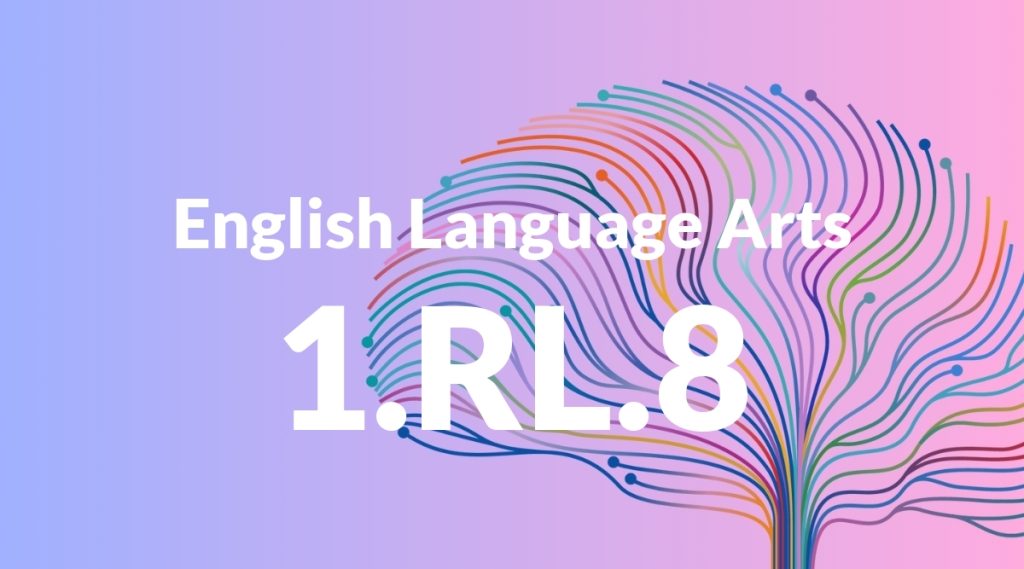Standard: 1.RL.8 – (Not applicable to literature)
Grade level: Grade 1
Subject: English Language Arts
Domain: Reading: Literature
Teacher Overview
This standard focuses on understanding literature by discussing and analyzing stories. It’s important because it builds foundational skills for reading comprehension and critical thinking. Students should already be able to listen to stories and discuss basic elements like characters and settings.
After mastering this standard, students will be able to analyze story elements, compare and contrast different stories, and understand themes and morals.
Common Misconception 1
Some students might think that all stories must have pictures. This is incorrect because stories can be told in many forms, including text-only formats.
Intervention 1
To address this, introduce students to a variety of storybooks, including chapter books without pictures, and discuss how stories can be told in different ways.
Common Misconception 2
Another common misconception is that stories are only for entertainment. This is incorrect because many stories also teach important lessons or morals.
Intervention 2
To correct this, highlight stories with clear morals or lessons and discuss what can be learned from them.
Prerequisite Knowledge
Students should be familiar with listening to stories read aloud and discussing basic elements like characters and settings.
Subsequent Knowledge
Students will develop skills to analyze story elements, compare and contrast different stories, and understand themes and morals.
Instructional Activities
- Read a story aloud and discuss the characters, setting, and plot.
- Have students draw scenes from a story and explain their drawings.
- Create a story map that outlines the main events of a story.
- Act out scenes from a story to enhance understanding.




